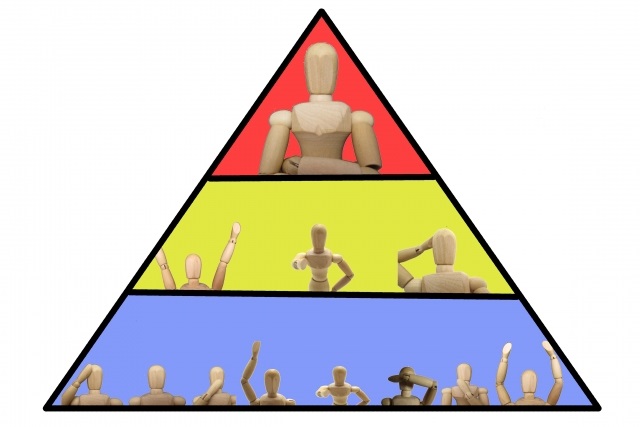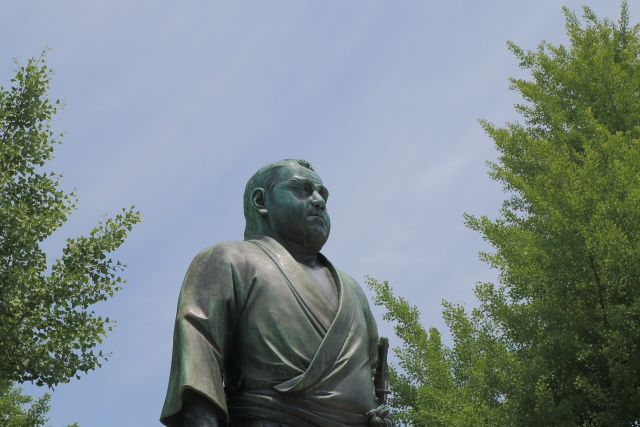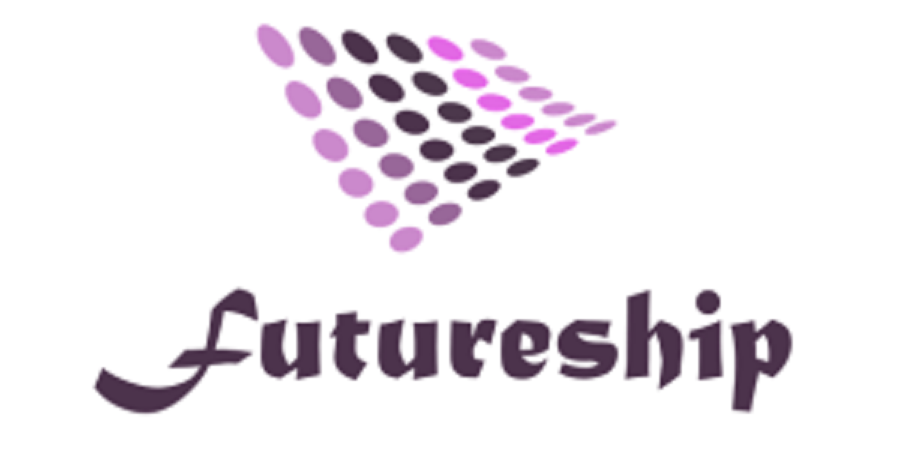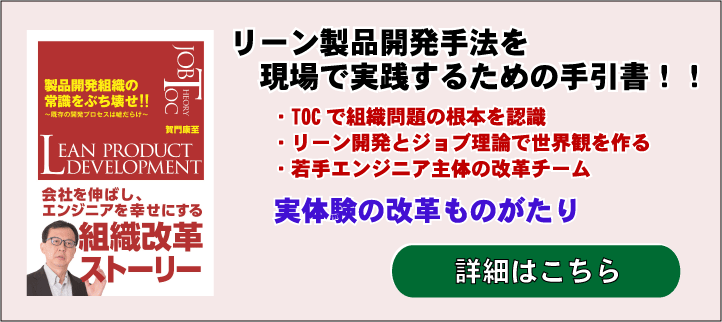

Reform is not going to happen only because of top management’s desire to reform product development?!
The top management says, “Reform and innovate without sanctuary.” But for some reason, things don’t go as planned. When we introduce development methods or new processes from the outside and try to promote reforms using them as a starting point, the field tries hard to learn, but it seems that middle management is not able to keep up. I would like to know the secret to promoting reform and innovation throughout the organization, and in particular, how to make the best use of middle managers in the reform process.
I have assisted more than 10 companies in their organizational reforms using methods such as Lean development, TOC (Theory of Constraints), and Job Theory, and have experienced firsthand the difference between companies that have successfully implemented reforms and those that have not.
In conclusion, the conditions for companies that are successfully reforming are as follows.
- Strong will and commitment from the top (full support)
- Direct participation of middle management (all middle managers understand the reform policy at the same level
- On-site buy-in (agreement with the direction of top and middle management) and action
There are many reasons why things go wrong, but I feel that in many cases 1 and 3 are done relatively well and 2 is not.
Contents of this article
Examples of Product Development Innovation gone wrong

I have been involved in product development as a department head at major companies and overseas companies, and as a product development consultant, I have supported many client companies in their organizational reforms.
We hope that this report will provide useful information for those who are going to implement reforms in the future.
Proceeding with the wrong outcome goals
- Strong will and commitment from top management : ○
- Direct participation of middle management : x
- On-site approval and ability to take action : △
Although top management has the desire, middle management pushes implementation to the field, which results in the pursuit of formality only.
Middle management tends to demand tangible results in response to on-site promotion.
This in itself is not a bad thing, but when middle managers set easy-to-understand management items and targets without grasping the essence of reform, what is done in the field and what the top management wants become disconnected.
When this phenomenon occurs, it is often the case that the field does not have a good understanding of the reform, and only the top management has strong ideas, which are not conveyed to the field through the middle management, and the wrong goals are set.
For example, when a lean product development method is used to create an A3 report culture, activate technical communication, accumulate tacit knowledge of veterans as a company asset, and establish a system to continuously utilize it, middle managers who do not understand the essence of the method try to control the number of A3 reports.
The A3 report culture is not just a matter of writing reports; it is a matter of changing the culture to one in which individual engineers think for themselves so that they can reuse the knowledge within the company, and training must be organized to clearly communicate what they want to convey to the reader so that once the knowledge is gained, it can be used widely.
In addition to the skills of the report writers, the managers, who are the supervisors, must create a culture in which they teach their subordinates how to write reports and complete them as an organization in order to preserve the knowledge as a company asset. If they do not understand the purpose of this culture, or if the managers themselves lack the report writing skills necessary to create an A3 report writing culture, reform will not progress.
If the frontline is strongly committed to reform, the frontline will raise strong opinions to middle management, and the rest will come down to the power relationship between the frontline and management.
If it is necessary to change the development process or modify design rules, for example, managers must take the lead in promoting changes and modifications.
If the top management wants reform without sanctuary, but the managers do not understand the essence of the issue or become bystanders, they will not be able to break the current way of doing things, and even if the frontline raises suggestions, they will be rejected because they simply do not want to take the risk.
Middle management will tell top management, “Well, we’re not getting results, so it’s going to be difficult to go any further.” The middle management will report to the top management, “It is difficult to proceed any further because the results are not improving.
I believe that this is a mistake that occurs not because the results are not improving, but because middle management misunderstands the results they should be aiming for.
Strong resistance to changing rules and values
- Strong will and commitment from top management : 〇
- Direct participation of middle management : x
- On-site buy-in and ability to take action : ◎
In some cases, middle management resists reform, even though there is passion and understanding for reform in the field.
Reform of any kind cannot take place if you are afraid of disrupting the status quo.
However, the company is not only doing reforms, but also advancing reforms while advancing in parallel without stopping the current business.
When top management communicates its intention to reform to middle management, in most cases they tell them to do both well.
This poses a dilemma for middle management.
Although middle managers who understand the top management’s intention make efforts to balance the existing business and reform, they are forced to prioritize in order to clearly achieve their own results with limited resources and limited time.
QCD targets for existing businesses are clear, and failure to achieve them is directly related to the company’s profitability.
Reforms, on the other hand, assume that even if there are QCD targets, they are uncertain in nature and are open to revision of the targets.
Also, even though they recognize that improving profitability through reforms is of course important, they will arbitrarily interpret it as less urgent than delays or failures in existing businesses.
If a middle manager has a subordinate who is in charge of the existing business and a subordinate who is in charge of reform, he or she will inevitably take the side of the existing business.
The reality is that there will probably be a tendency to try to compensate for the lack of resources in the existing business with reform members.
In some respects, middle managers cannot be blamed for this, and reforms, new businesses, and new challenges should be implemented under different circumstances from the values of existing businesses.
Reforms and new challenges are always accompanied by rule changes.
For middle managers who feel that the existing business has priority, changing the rules and modifying the values may be too much of a burden.
The main reason why such cases occur is that the company does not have a manager directly connected to the top management who specializes in directing the reform team.
The reform team is organized and motivated by the top management’s desire, and many proposals are made, but the proposals from the reform team are squashed by middle managers who are working with existing businesses.
In a sense, the top management may be largely responsible for this.
Organizational structure and the role of middle management in promoting product development innovation

I believe that organization and human resources are important to seriously promote product development innovation and organizational reform.
A historical example would be the organization and human resources of Shimazu Nariakira and Saigo Takamori.
Nariakira’s vision and Saigo’s struggle against the resistance forces that stood in the way of reform can serve as a very good example of corporate reform today.
Also, the company-wide implementation of TQC reforms by the majority of Japanese companies in the 1970s would be very helpful.
However, those who were working in companies in the 1970s are no longer remaining in active service in their companies.
Simply put, it is truly a company-wide activity, with the president and all executives learning and leading TQC.
In the company where I was, in order to challenge the Deming Prize, a TQC promotion department was set up, and excellent young leaders were assigned there, with full support from the top management.
Almost all lectures at the executive level are related to TQC, and the top management, middle management, and even the front line are all of the same mind and enthusiastically continue improvement activities through TQC.
It is thought that the situation was like a kind of religion.
However, this was the very reform that brought the entire company together and created an era in which Japanese products swept the world in the 1980s.
This section will explain more concretely the good example, and what middle managers should do and their roles together with top management.
Set one religion and learn from the top down
We believe that the most important thing is to have all employees – top management, middle management, and front-line employees – moving forward in the same direction.
To this end, I believe it is effective to position a single publicly known method or tool as a religion.
We help our clients to reform their organizations according to their specific challenges, utilizing new marketing methods such as Lean product development methods, TOC (Theory of Constraints), and Job Theory, but we feel that all of the various methods out there are essentially the same.
In other words, while all methods and tools differ in form, process, and procedures, I believe that they all support “doing what is natural in a straightforward manner.
So any method or tool is fine. Let’s use one method that the top management believes in as a single clue to promote company-wide reform.
There are many methods for improving efficiency and promoting innovation, such as Toyota Product Development, Toyota Production System, TOC (Theory of Constraints), Job Theory, Marketing 3.0 (4.0), and Design Thinking.
While focusing on one of these methods as a pillar, let’s look at the essence of the others, and by having everyone learn and practice them, let’s transform the company from the ground up.
At this point, what I recommend is to learn from the top in turn.
I think this is quite important, and I recognize that this is how TQC was done in the 1970s.
The top management learns, the top management talks, the middle management listens and learns by themselves, and then they talk about it to the field. Finally, it is important to create a flow of learning and practice so that the front line understands that top management and middle management are sending out the same message, agrees with it, and works hard to learn and put it into practice.
I believe that this is because the top management learns only roughly, and then tells the field to learn and put it into practice, and the middle management is left behind.
Learning first does not necessarily mean deeper learning, but if the entire company can proceed with reforms with a mindset of competing with those at lower levels in terms of the depth of learning, I believe that the probability of success will increase significantly.
Put your aces into model projects and isolate them
I have a theory that innovation comes from subpar organizations.
This is quite simply because it is easier to abandon traditional values.
From the top, innovation must be done while advancing existing business.
Set up a model project to carry out the reform and organize a dedicated team for the model project.
At this point, the organization must be able to bounce back from the values of the existing business in order to succeed.
Although not the Takamori Saigo of the future, deploy an ace-level person, and also a department head who can communicate directly with the top management and fight the resistance of other middle managers.
More importantly, completely isolate this model project from the rest of the organization.
Isolation means not placing the team within the same organizational structure, completely cutting off the flow of personnel, lending and borrowing, etc., and not comparing results on the same playing field.
Member composition and selection is also important.
As much as possible, focus on young people with potential, but make sure that this team can complete everything on its own (after a bit of hard work), and assign some veterans who are not conservative, so that on-the-job training can be completed for the younger members.
The struggle with the existing business already begins at the stage of gathering members.
We believe that direct involvement of the top management is also necessary to gather the necessary members.
Standardize model project results
The execution of a model project is only the gateway to product development innovation. We will pursue results by testing hypotheses regarding development processes and rule changes.
During the execution of the model project, we isolate ourselves from the rest of the existing organization so that we are not bound by the rules and values of the existing business, but after the model project is completed, we must use the results of the hypothesis testing to change the rules for the entire company.
To do this, the hypothesis testing of the model project must be well documented and the discussion of the hypothesis testing must be open.
Together with the project leader, several key people, and a representative of the organization that manages the process for the existing project, we will design and document the new rules and development process.
Most of the methods and tools in the world are based on pure “theory.
In order to make them realistic, they need to be arranged in a way that is unique to the company.
We will establish realistic processes and rules that take into account the company’s particular needs and special circumstances.
In some cases, it may be difficult to standardize immediately from a one-time model project, in which case it may be necessary to run the model project again.
Planning and decisions around this also need to be made by middle and top management in unison.
Summary
We have talked about the examples of mistakes that can easily occur in product development innovation and organizational reform, and the roles of managers and top management in building an organization to ensure that development innovation and reform succeed with the entire company facing the same direction.
In Japanese companies, the top management, middle management, and the front line are more clearly divided than in Western companies.
This means that the hierarchy is deep and complex, but I believe that political guidance is essential for development innovation and organizational reform so that all employees, including those at all three levels, can work together as one.
In particular, learning from the top down, although it may seem unobtrusive, is an important aspect of the politics of promoting reform.
Please take up the challenge of transforming your company into one that is capable of innovation.
Reference article:
How to proceed with the Futureship Development Process Innovation and the required timeframe
How to continually create excellent project managers
We support product development innovations and development process reforms in a way that accompanies them to the end.
If you are interested, please contact us below.


